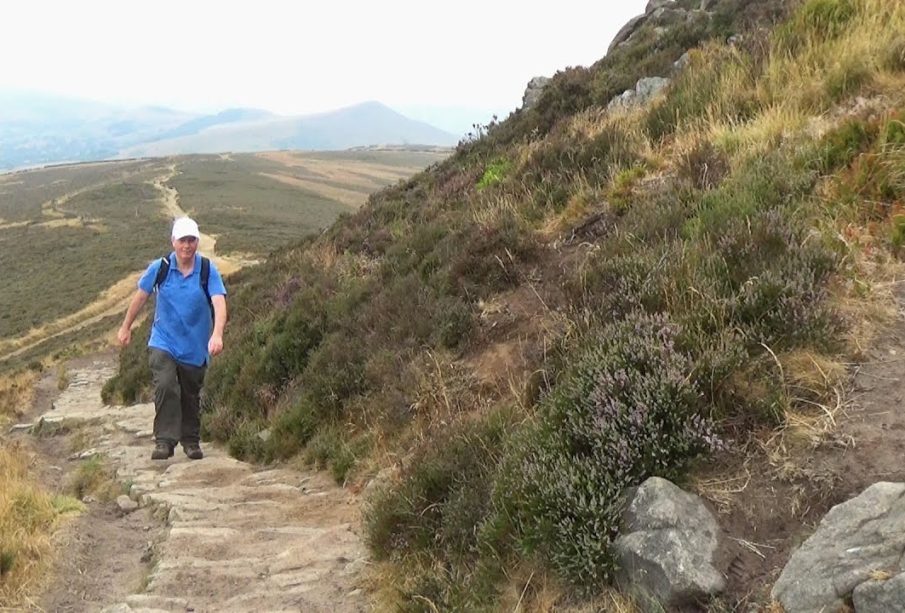The Peak District: England’s First National Park

Introduction
The Peak District, designated as England’s first national park in 1951, has become a vital area for both nature conservation and tourism. Recognised for its stunning landscapes, rich biodiversity and cultural heritage, the national park draws millions of visitors each year. Its relevance extends beyond leisure, as it plays a crucial role in environmental preservation, local economies, and outdoor education.
Attractions and Features
The Peak District offers a unique blend of natural beauty and historical significance. Covering over 550 square miles, it is famed for its dramatic scenery, from rolling hills to deep valleys, picturesque villages and ancient stone walls. Key attractions include the iconic Chatsworth House, the charming village of Bakewell – known for its famous pudding – and the breathtaking landscapes of Dovedale and Hope Valley.
In addition to its natural beauty, the Peak District is also a hotspot for outdoor activities such as hiking, climbing and cycling. The park features over 1,500 miles of public paths, catering to adventure seekers at all levels. Popular trails include the Kinder Scout, which offers panoramic views and a challenge for seasoned walkers, and the gentle stroll along the Monsal Trail, perfect for families.
Environmental and Economic Impact
As a protected area, the Peak District serves as a sanctuary for wildlife, including rare species such as the peregrine falcon and the red grouse. Conservation efforts in recent years have focused on habitat restoration and sustainable tourism practices to mitigate the environmental impacts of human activity. The park also collaborates with local communities to promote biodiversity and educate visitors on their ecological responsibilities.
The economic impact of the Peak District cannot be overstated. Reports indicate that tourism contributes approximately £500 million annually to the local economy, supporting thousands of jobs in hospitality, outdoor services and local shops. The park’s popularity has increased post-pandemic, as people seek outdoor spaces for recreation and relaxation, stimulating a resurgence of local business.
Conclusion
The Peak District stands as a testament to the harmony between nature and human activity. As both a cherished tourist destination and a vital ecological reserve, its future will depend heavily on ongoing conservation efforts and community involvement. Looking ahead, the emphasis on sustainable tourism will ensure that the Peak District continues to thrive as a natural treasure, providing enjoyment and education for generations to come.









